Whether it is chronic or acute, hip pain can be debilitating. Fortunately, advances in arthroscopic hip surgery have made life bearable again for countless hip pain sufferers.
This type of procedure can be utilized to counteract an assortment of hip conditions, from injuries of the articular cartilage to labral tears to impingement of the hip.
Modern arthroscopic surgical techniques are minimally invasive in general, making them far more appealing to patients than past options may have been.
However, this kind of surgery can be technically demanding, so attending a surgical center or clinic with a well-trained and adequately sized staff is imperative. Proper aftercare and physical rehabilitation are vital to the healing process after arthroscopic surgery has been performed.
How Arthroscopic Hip Surgery May Be Used
This kind of procedure may be used to manage a variety of conditions and symptoms. It can be useful in the treatment of joint stability, loose bone or cartilage found in the joint itself, or to mend tears and other types of damage.
Some hip conditions are not as common as others, but they may lead to arthritis of the hip – so repairing them when possible is essential. Such conditions may include injuries of the ligament or tendon, as well as a synovium that has been damaged. A person who has this type of surgery may ultimately be able to delay the full manifestation of osteoarthritis. It may even be possible to circumvent the urgency for a hip replacement by having this surgery performed.
Arthroscopic hip surgery might be implemented for pain relief, as well as to improve the quality of life for an individual. The surgery may generally make many activities easier and more enjoyable for a person who has previously suffered from hip pain.
Understanding the Concept of Arthroscopic Hip Surgery
Any person who is considering kind of surgery may wish to gain a basic understanding of how this sort of procedure is implemented. A surgeon will view the interior of your hip by inserting an arthroscope into an incision. Then, the surgeon will need to make another incision (and possibly more incisions than one), in order to insert the instruments needed to perform the procedure.
Depending on the nature of the surgery itself, such instruments might be used to cut, trim, and shave tissue in the affected area, as well as to smooth and stitch damaged tissue.
This kind of surgery can generally be done on an outpatient basis. The patient visits a surgical clinic in the morning, the surgery is performed, and the patient is then kept under observation during a brief recovery period. The patient may then be sent home to fully recover.
Removal of Loose Bone or Cartilage
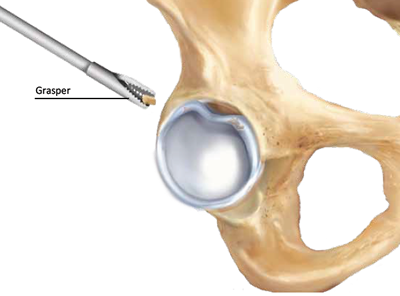
When removing loose fragments of bone or cartilage inside the hip, a surgeon will first utilize an arthroscope to view the interior of the joint. The amount and location of such loose bodies will then be identified by the surgeon. Using instruments commonly referred to as “graspers”, the surgeon will next remove the loose bodies from the joint. In some cases, a radiofrequency device may be used instead of graspers – the fragments are then vaporized with the radiofrequency device.
Treating Damaged Articular Cartilage
This is another type of condition that may be managed with the use of an arthroscopic radiofrequency device. If such a device is chosen, it will be used to smooth the damaged cartilage. This should aid in restoring your hip’s natural gliding movement. In other cases, an arthroscopic blade is utilized to remove affected tissue by shaving it.
Microfracture surgery may be another option; this is done by creating tiny holes in the bone to cause bleeding and then clotting. The purpose of this procedure is to stimulate the growth of new tissue to replace the damaged tissue.
Treating Hip Impingement
This arthroscopic procedure involves reshaping the area between the neck and the head of the femur. Small devices known as “burrs” are used to perform this sort of surgery. The impingement should be relieved when this is done, especially when excess tissue is shaved to enable further clearance of the joint. While this procedure is being implemented, the surgeon will also monitor the range of movement for your hip.
Treating Hip Labral Tears
Hip labral tears may also be treated with arthroscopic surgery. This procedure is done with a radiofrequency device or with shaver blades. Radiofrequency probes may be utilized to navigate through joint curves that would be otherwise very difficult to view. Such probes or shaver blades may also be used to smooth or remove affected tissue.
If the labrum can be repaired, then a surgeon may attach anchors to the bone in the affected area; sutures are then implemented, and the anchors keep the sutures stable.
After the Surgery
A person who opts to try this procedure will likely need to apply ice to the affected area for a period of 7 to 10 days. The ice might be applied up to three times daily. Wearing a brace could be recommended along with crutches, especially for the first few weeks of walking with crutches.
A health care professional may suggest that the patient perform certain exercises, and physical therapy might also be part of the recovery process for a person who has undergone this kind of hip treatment. Every patient is different, so the recovery period may vary among individuals. Many people have found arthroscopic hip surgery to be the answer to their hip problems.
The Benefits of Arthroscopic Hip Surgery
Patients today may appreciate a wide range of benefits associated with this procedure. This kind of procedure is minimally invasive, which makes it optimal for a variety of individuals. The incisions used to perform such surgery are typically smaller than those needed to perform other types of procedures.
The recovery time for this type of surgery is shorter than for other varieties, and the surgery can be done on an outpatient basis. This kind of surgery typically leads to less pain than other kinds of surgery, which means that a patient will likely require less pain medication during the recovery period.
A patient may also experience relatively minimal damage to the tissue as a result of having the surgery. This kind of surgery has been found to be highly effective for various patients, and it may prove to be an ideal solution for certain patients who suffer from persistent pain. It may also be a viable solution for people who have tried nonsurgical treatments unsuccessfully.

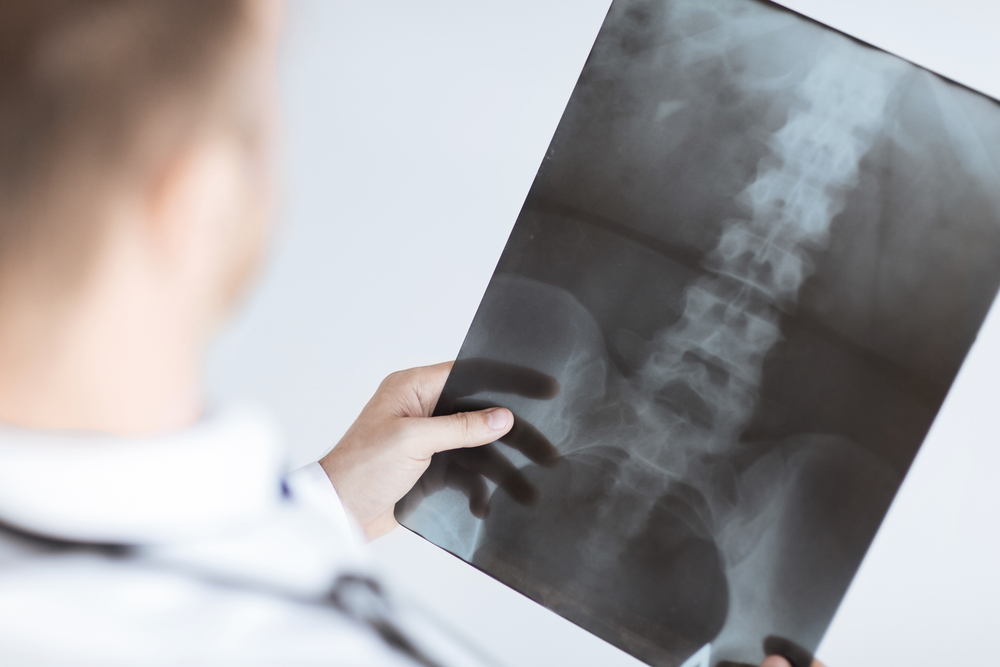
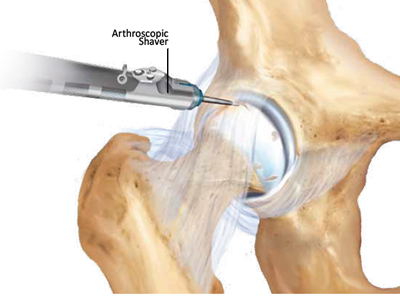
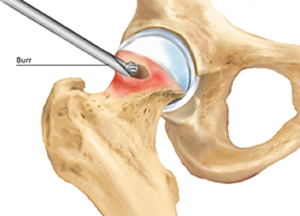
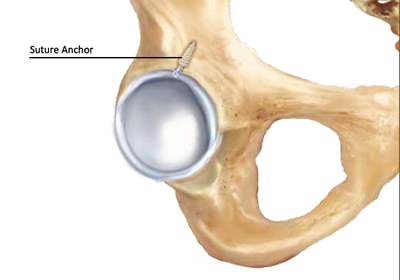
Recent Comments